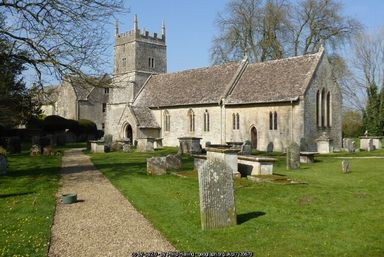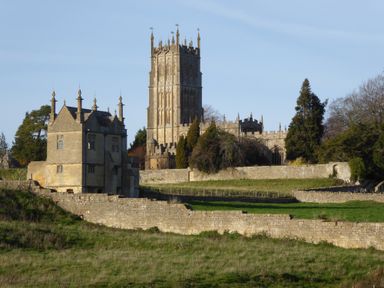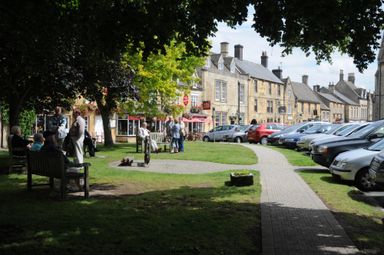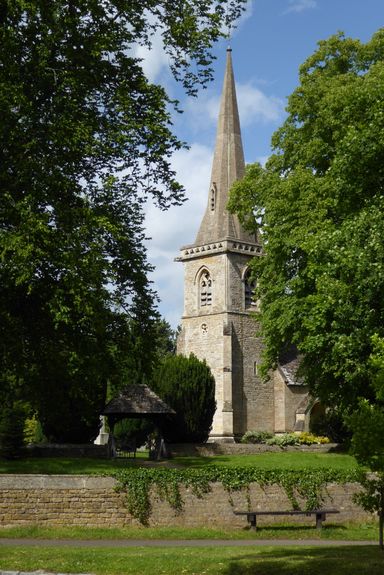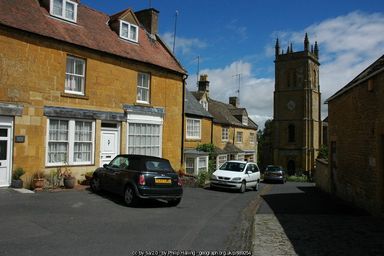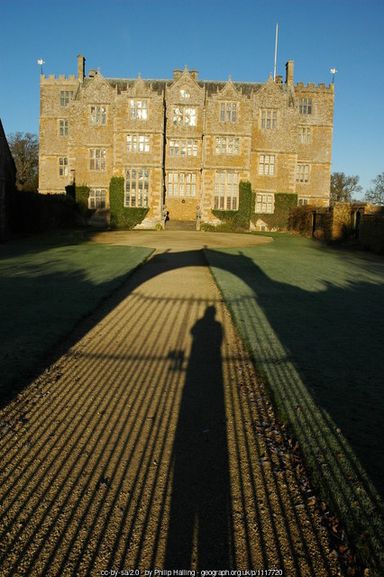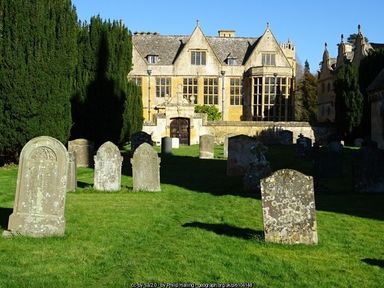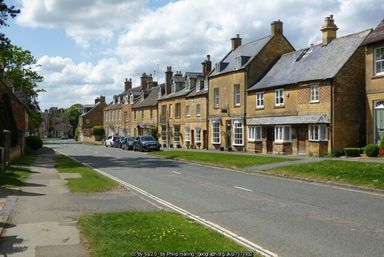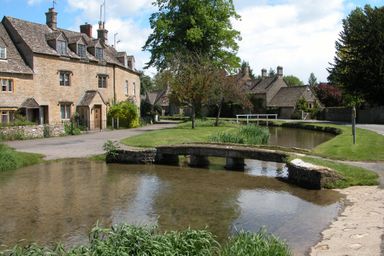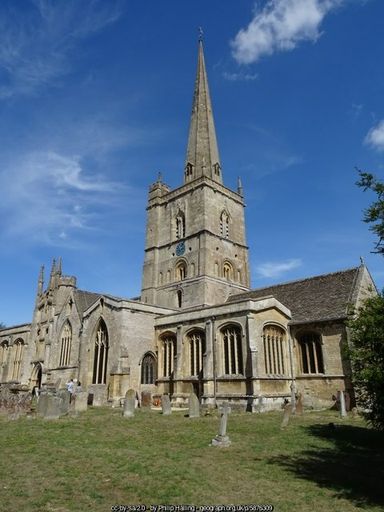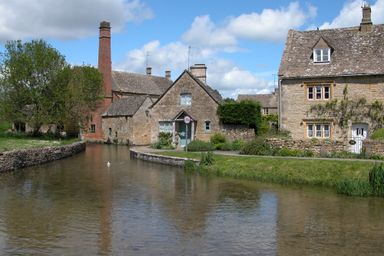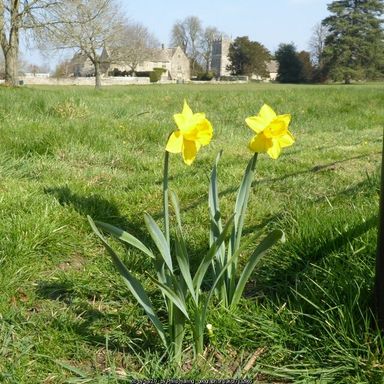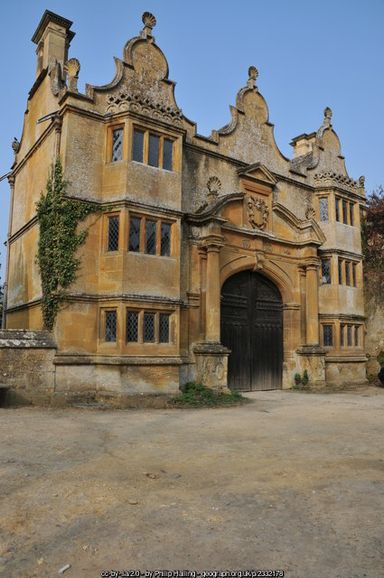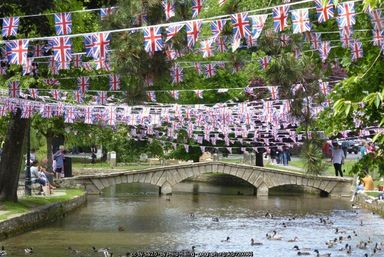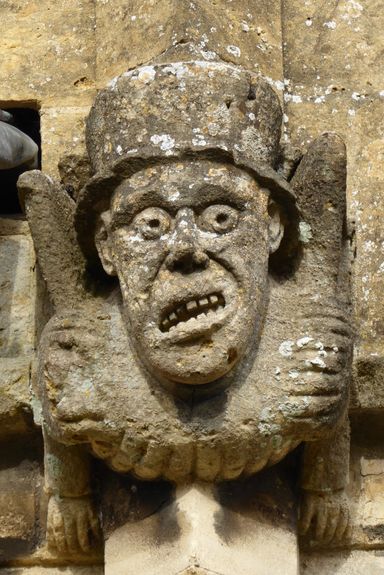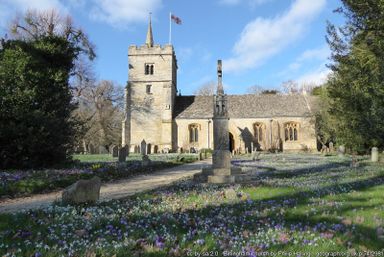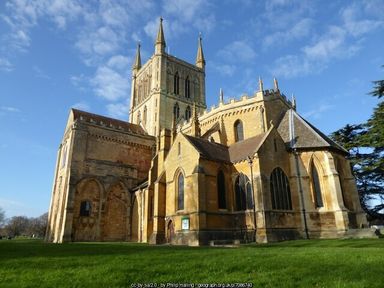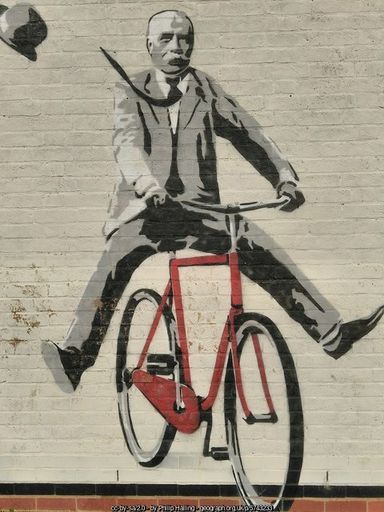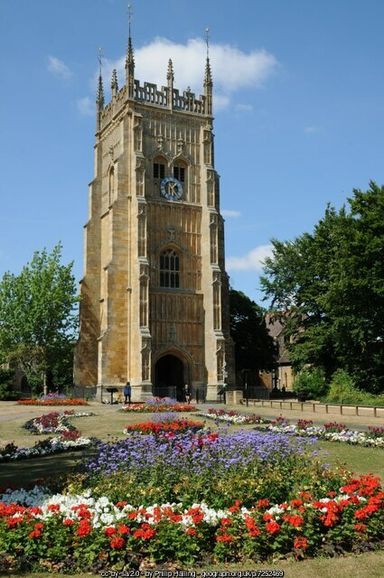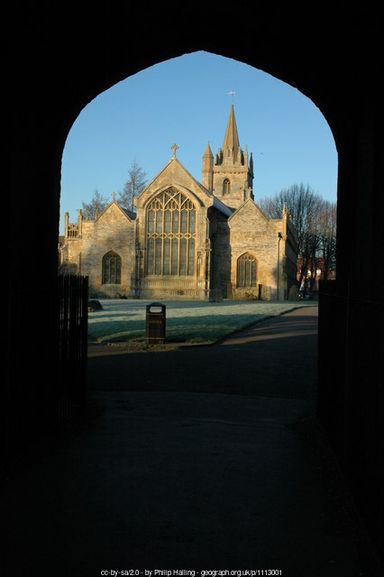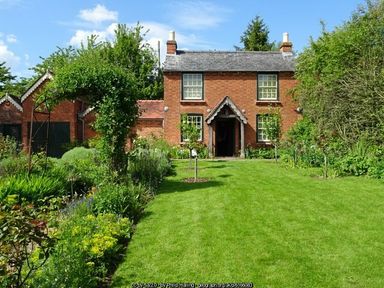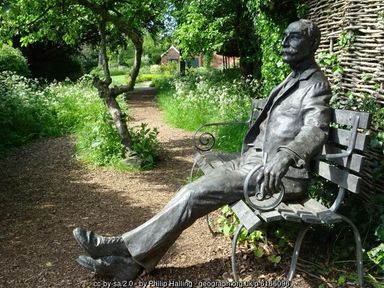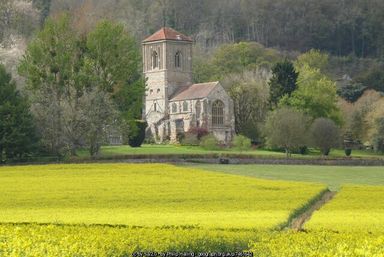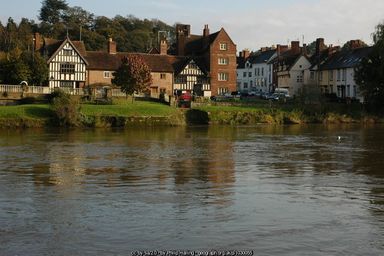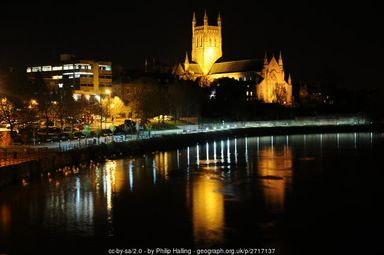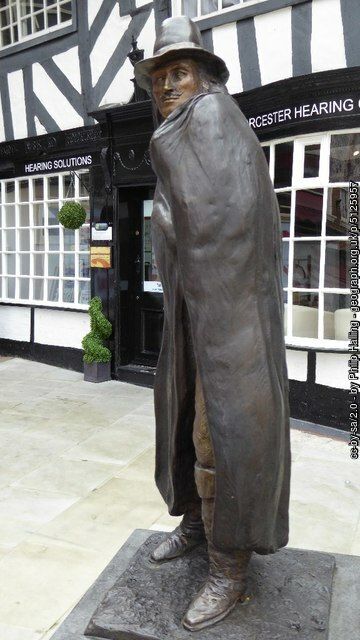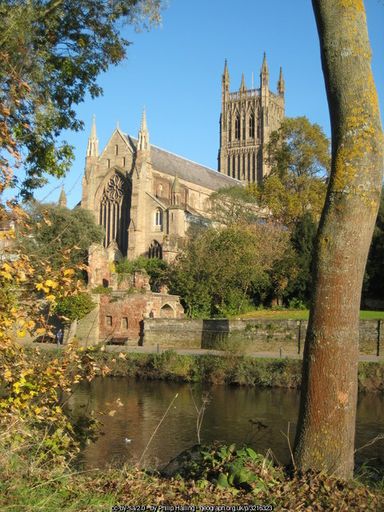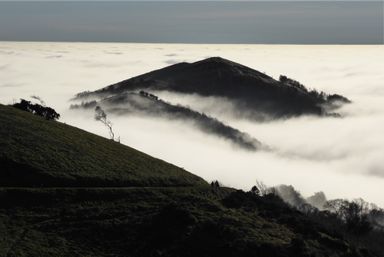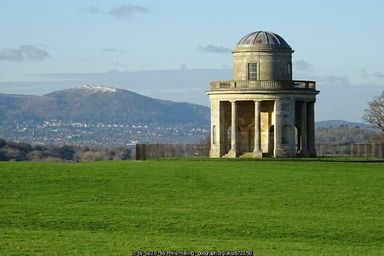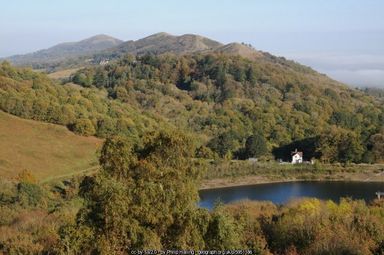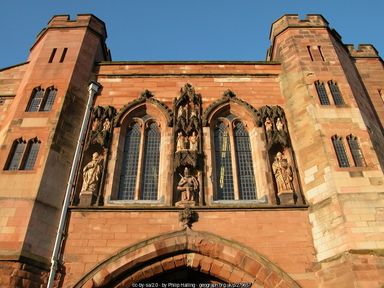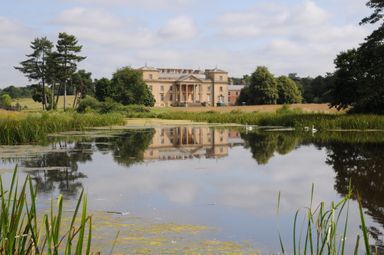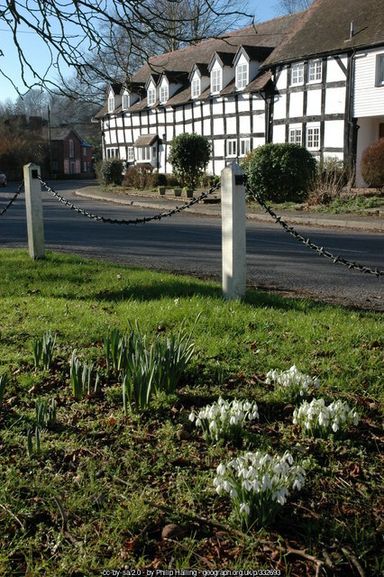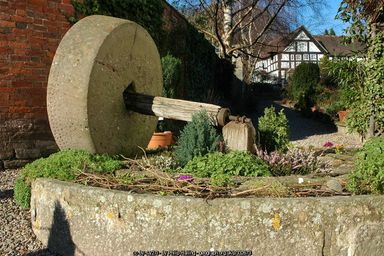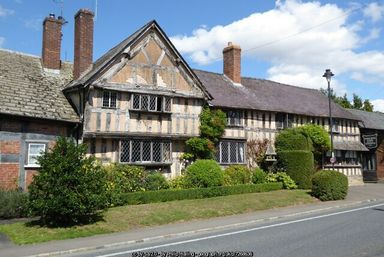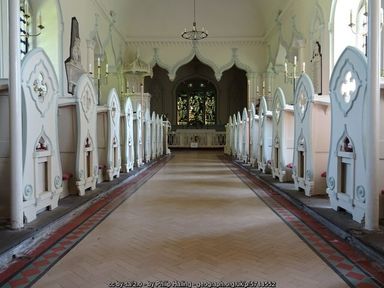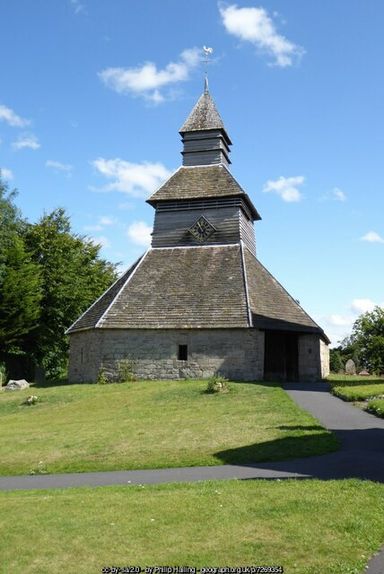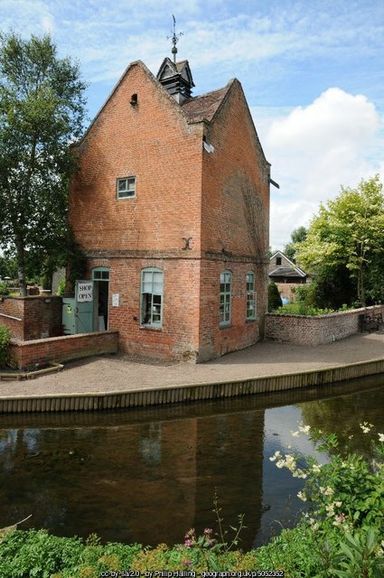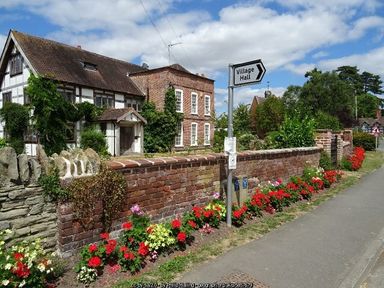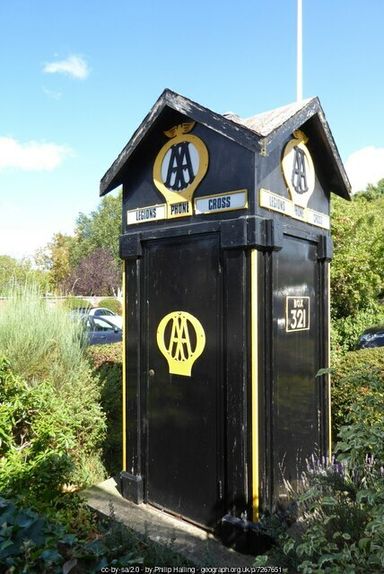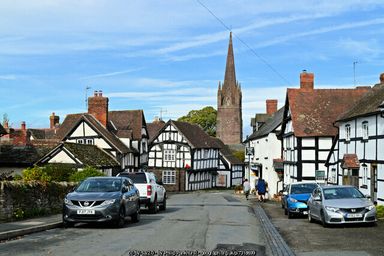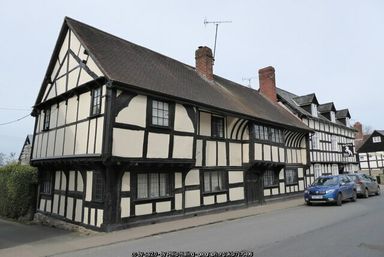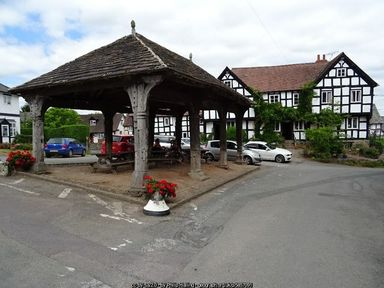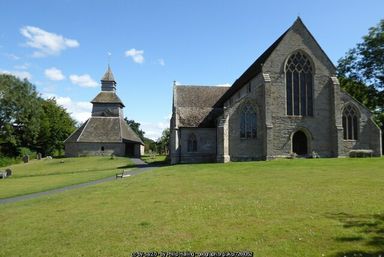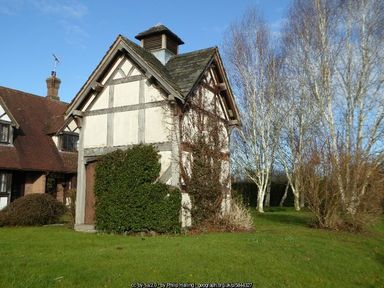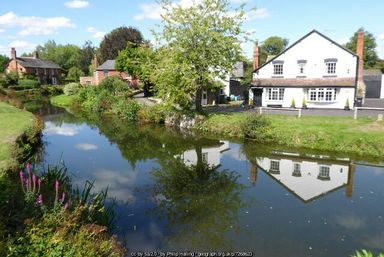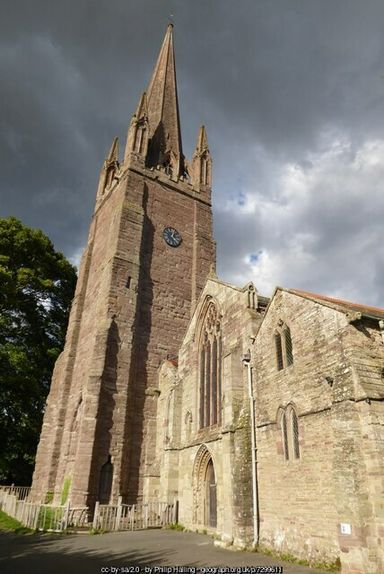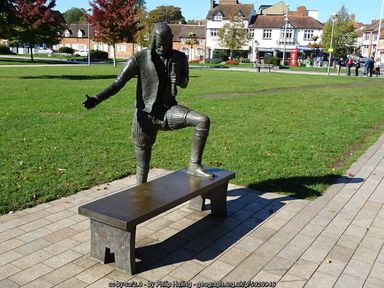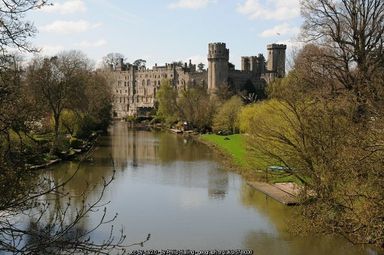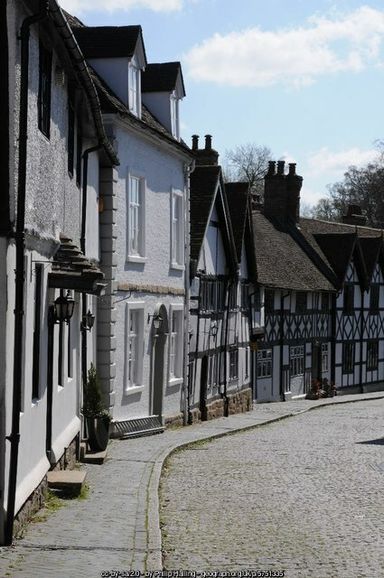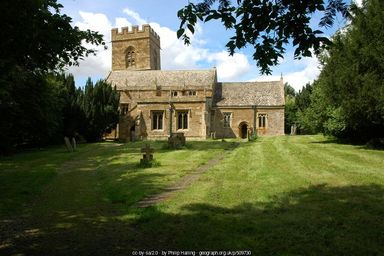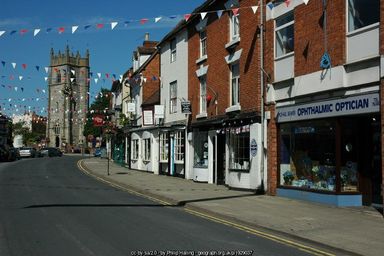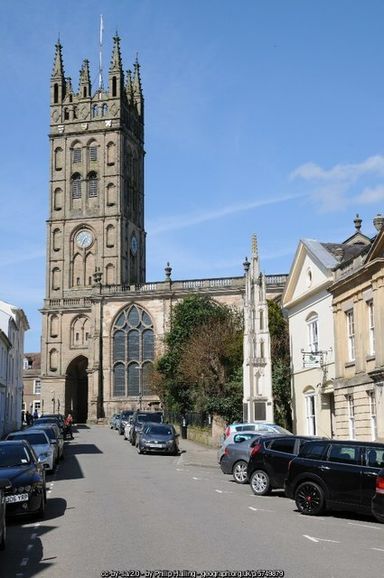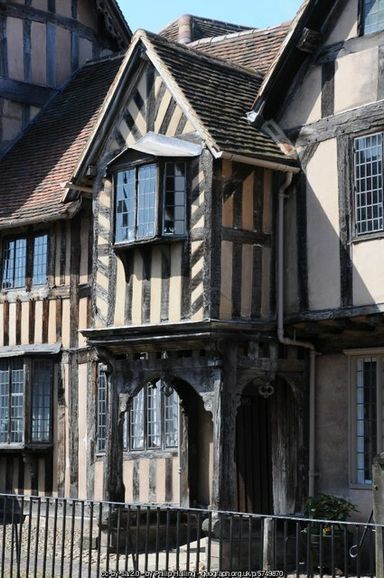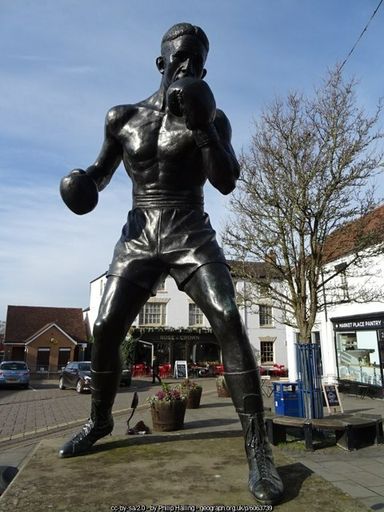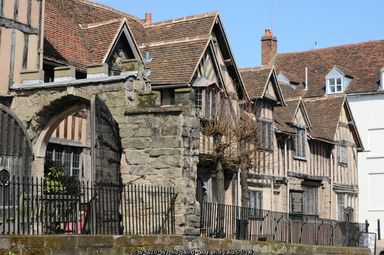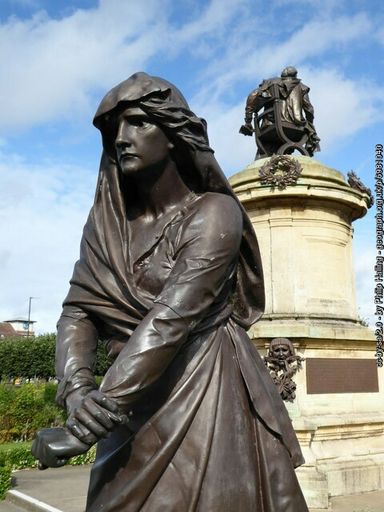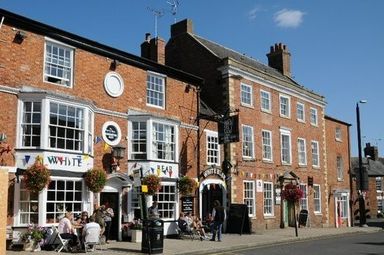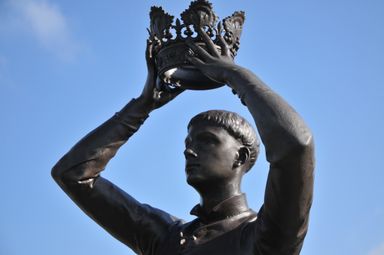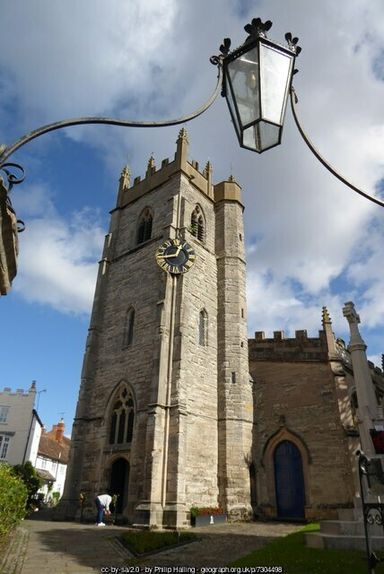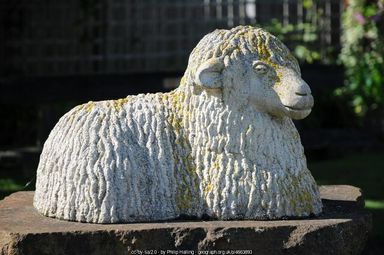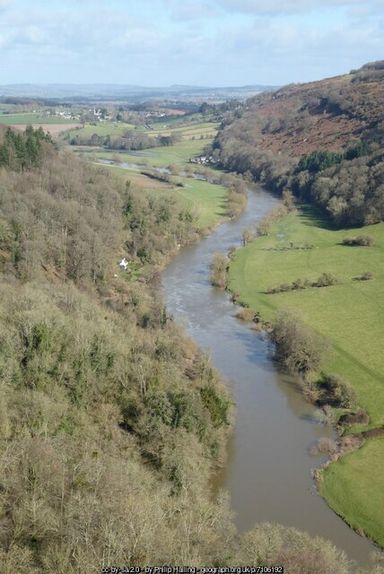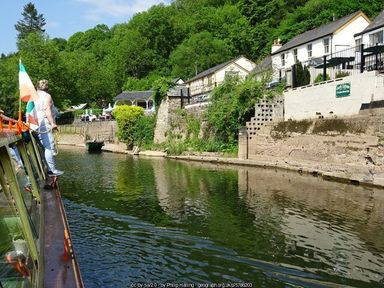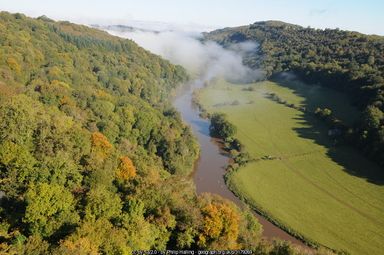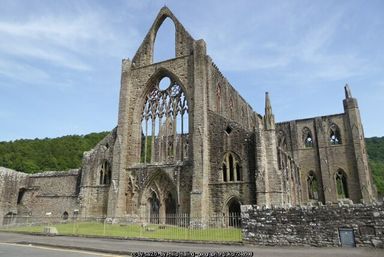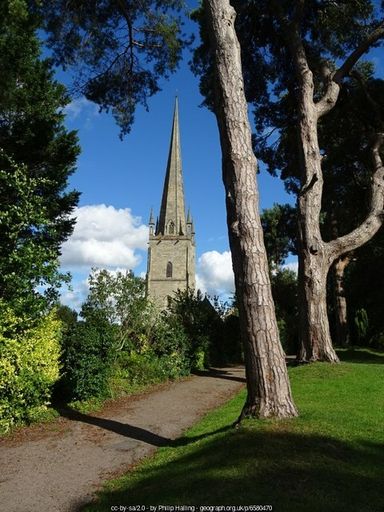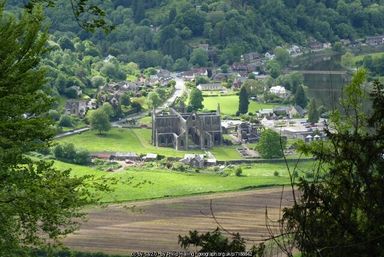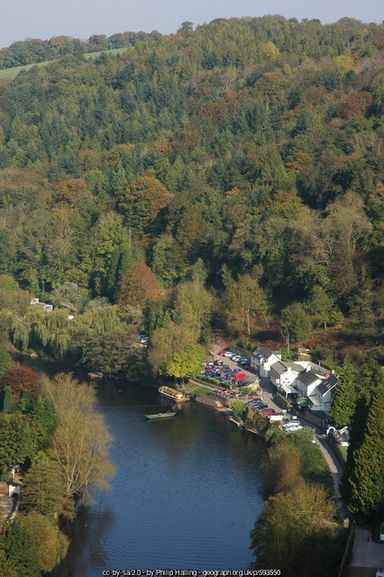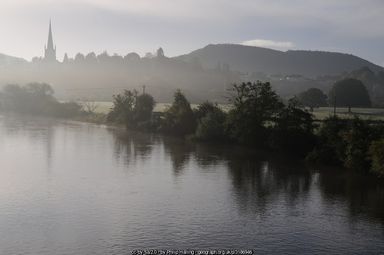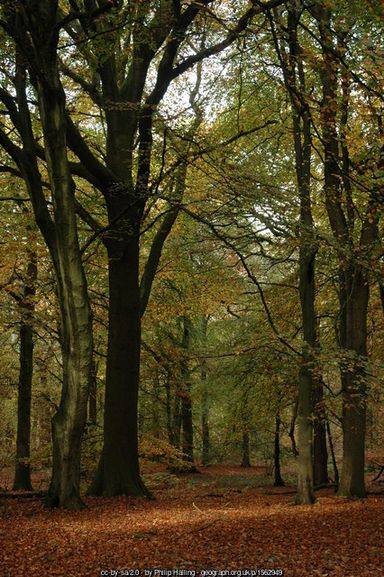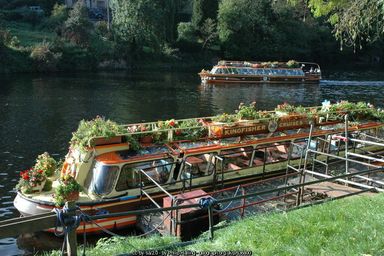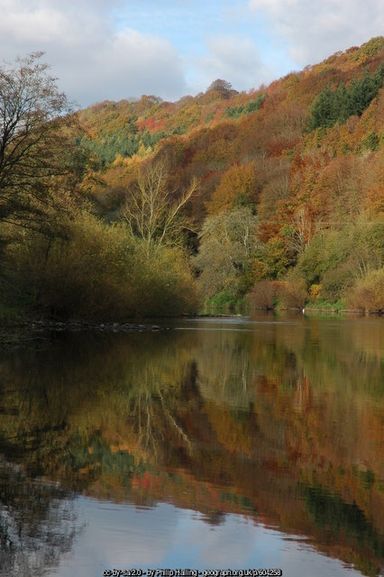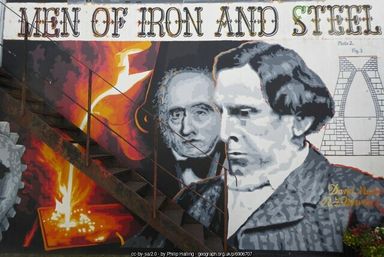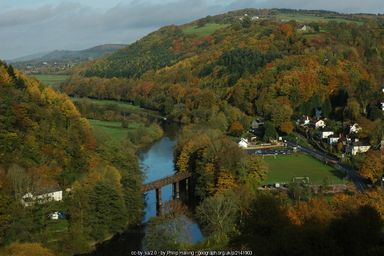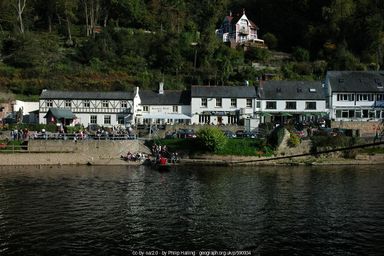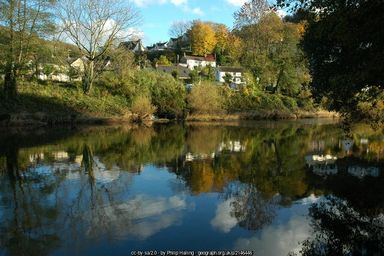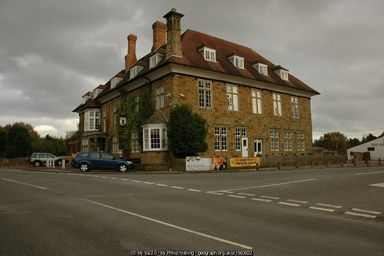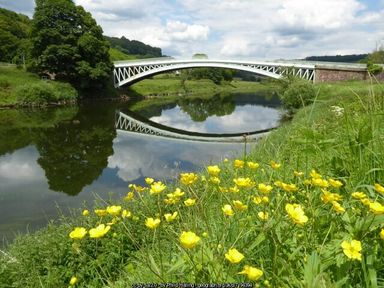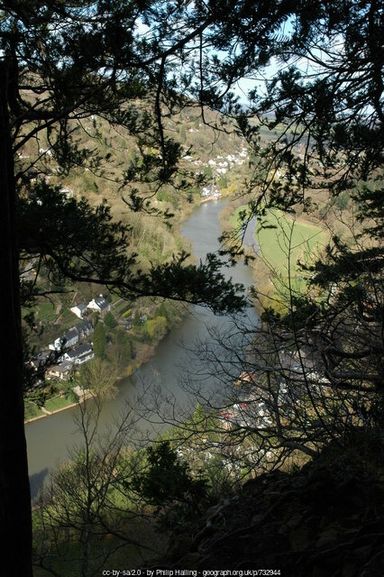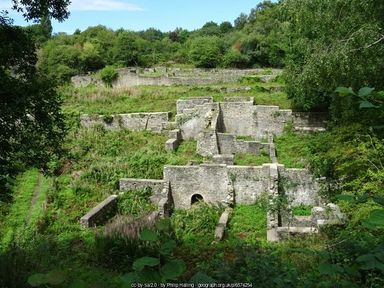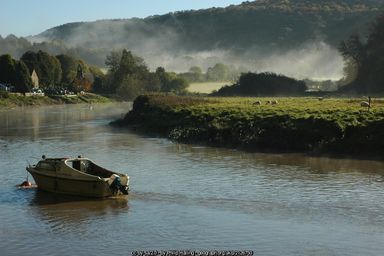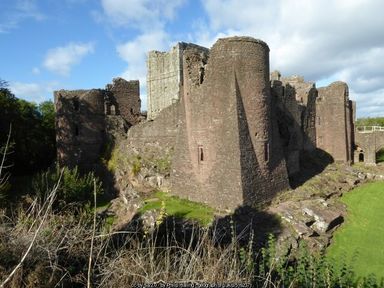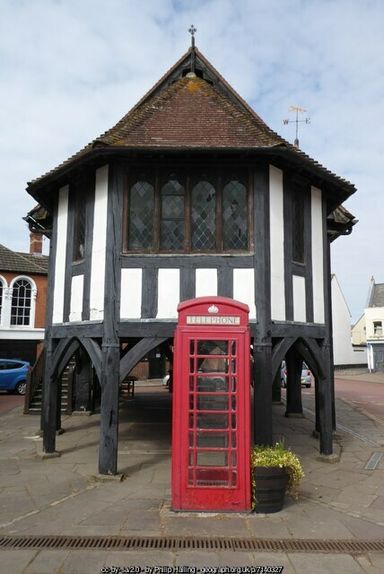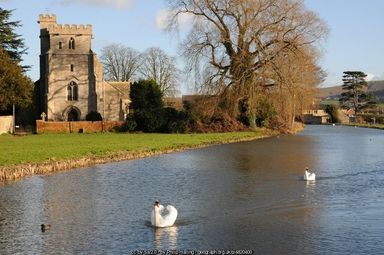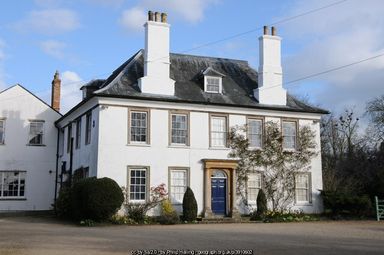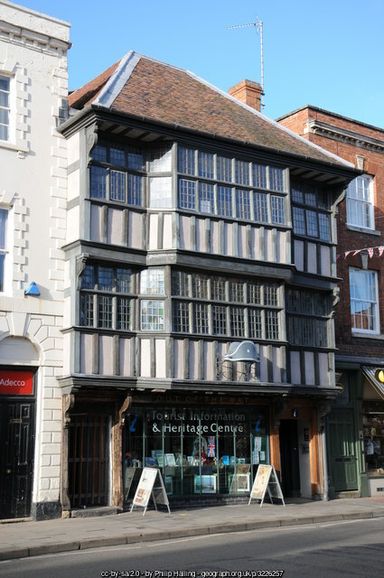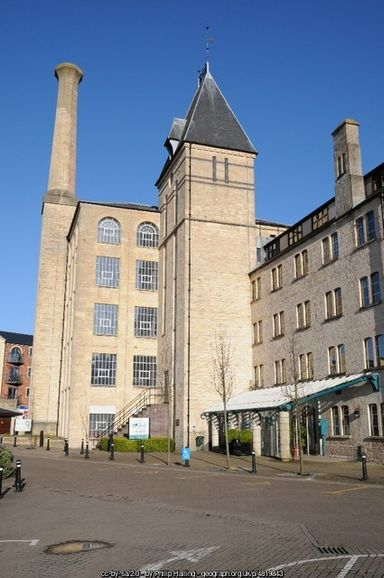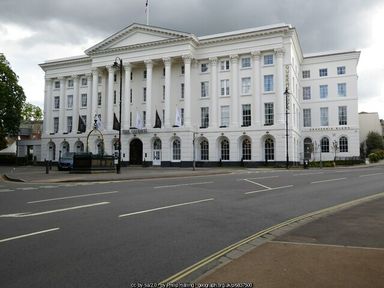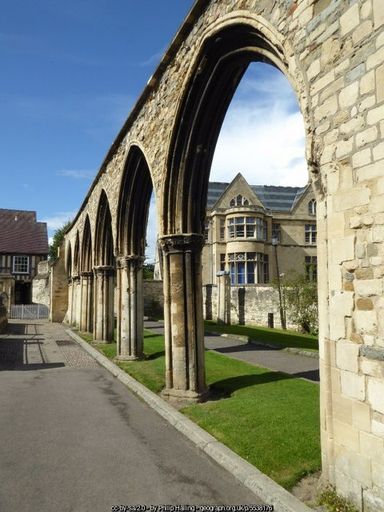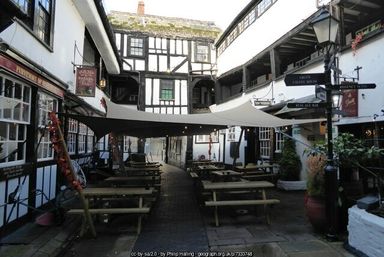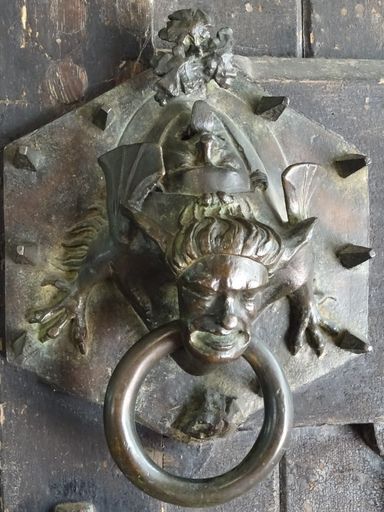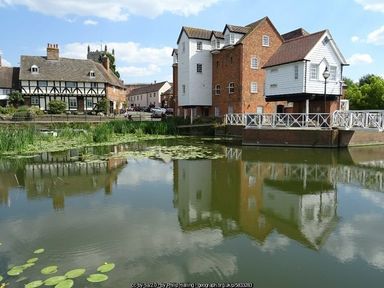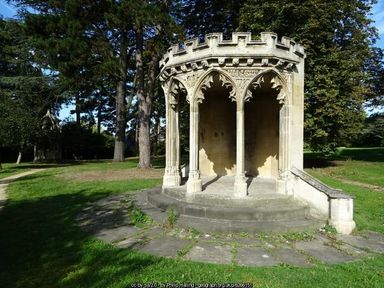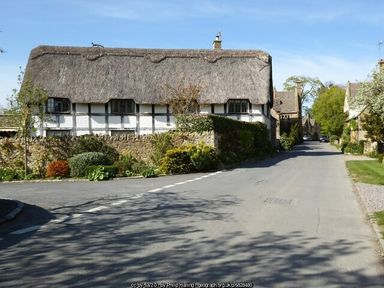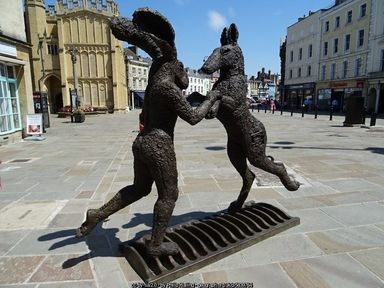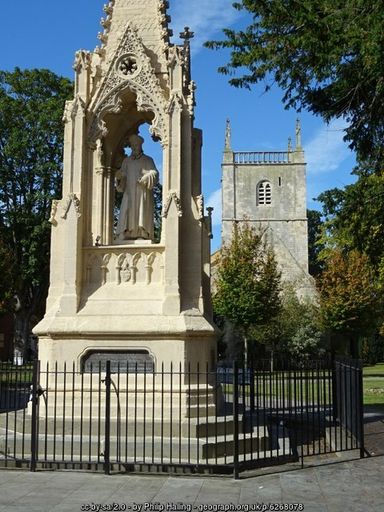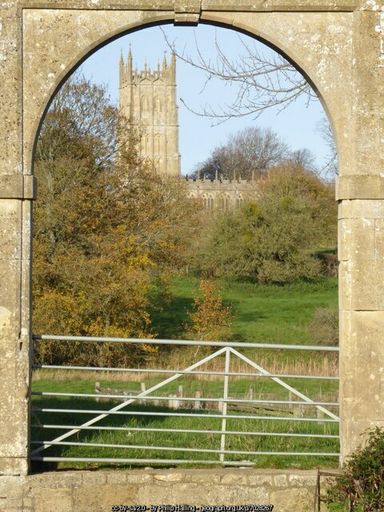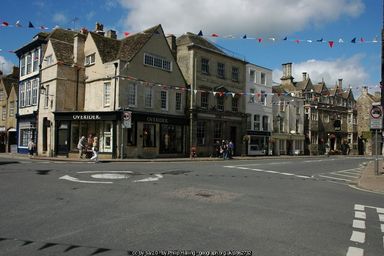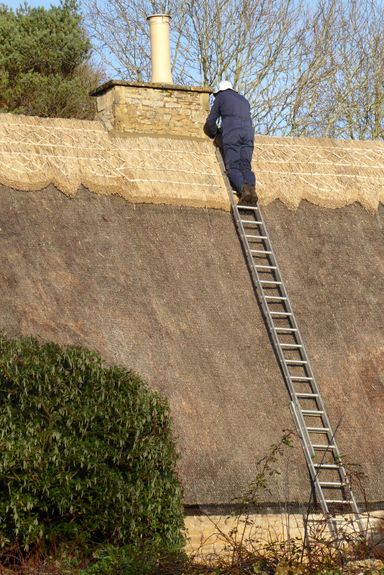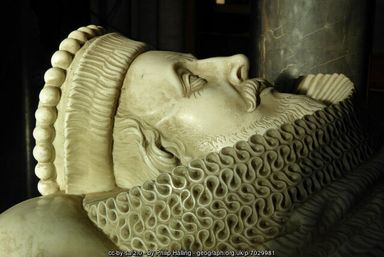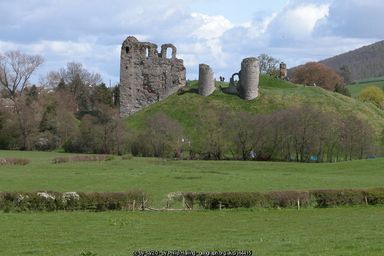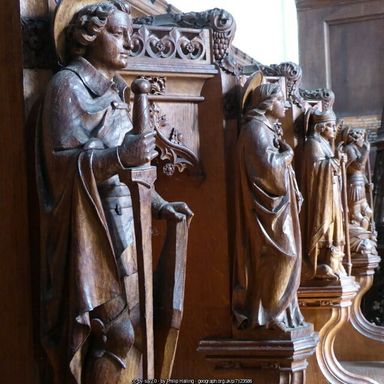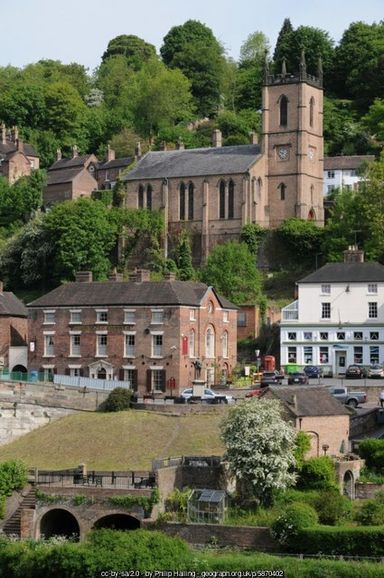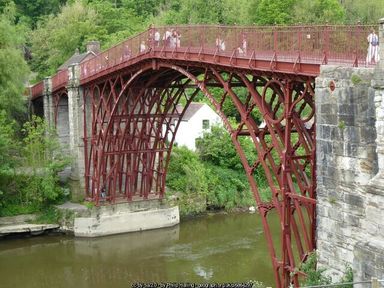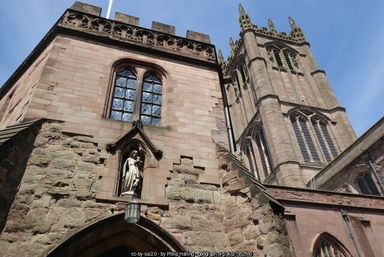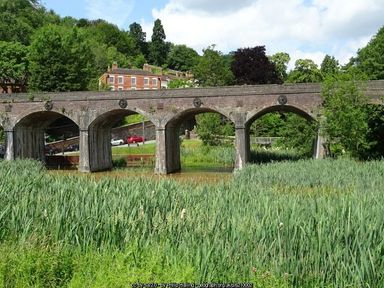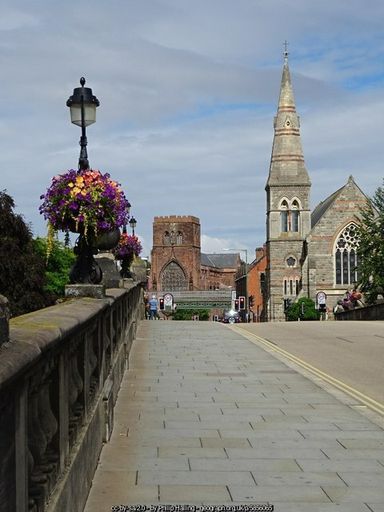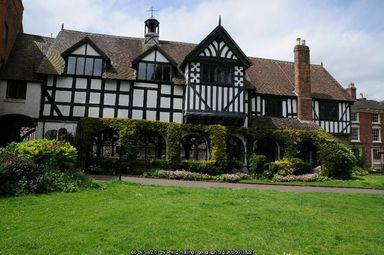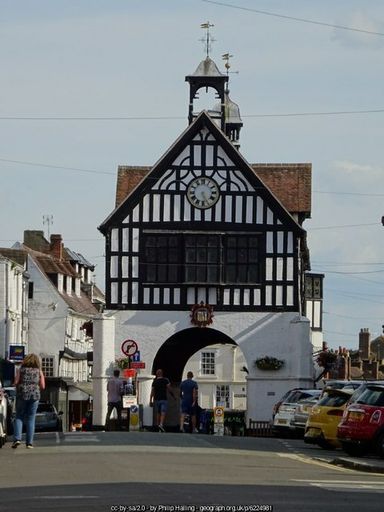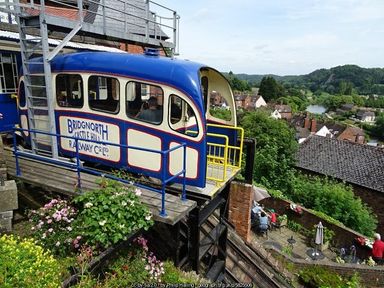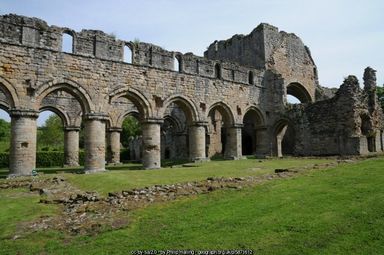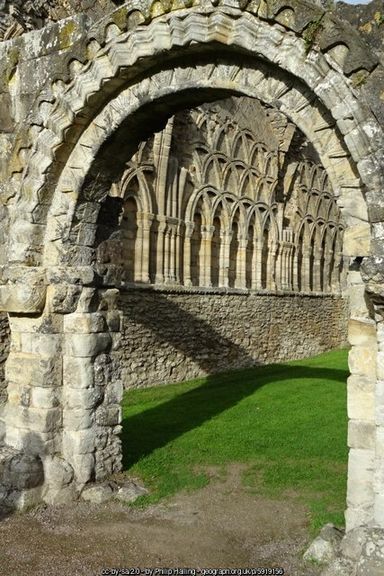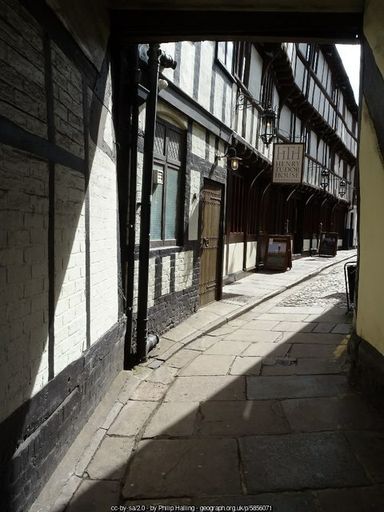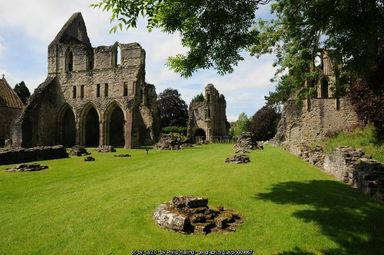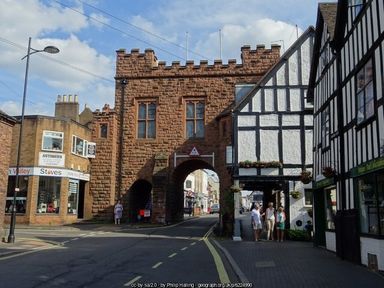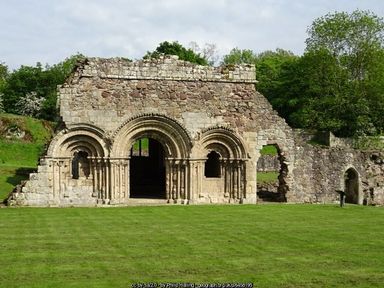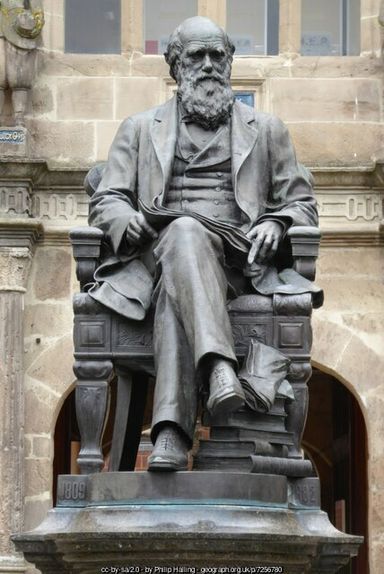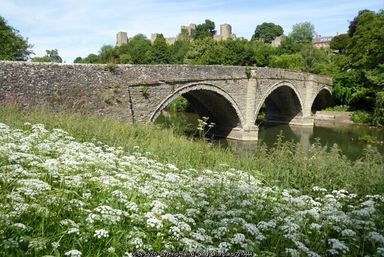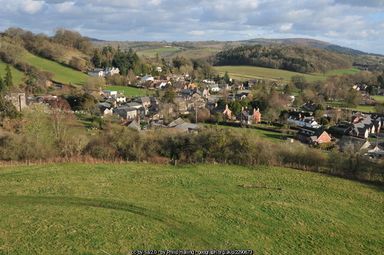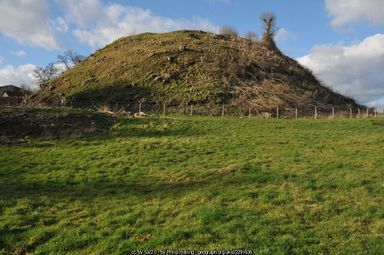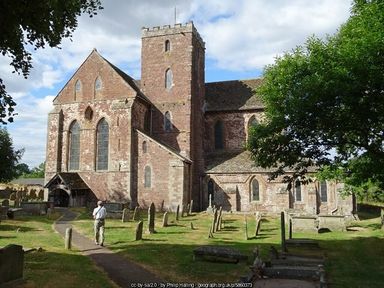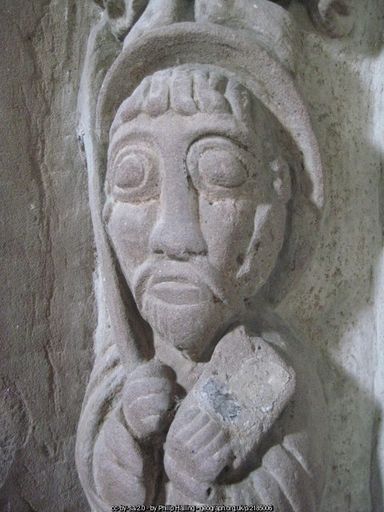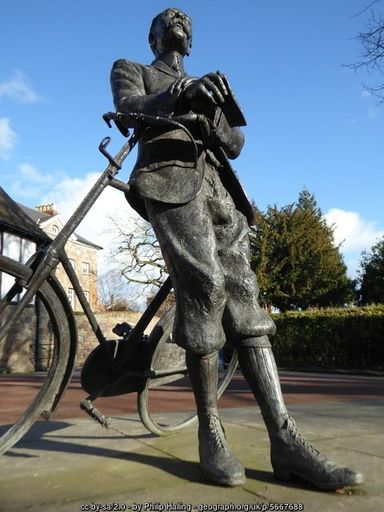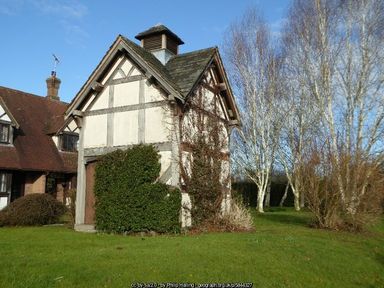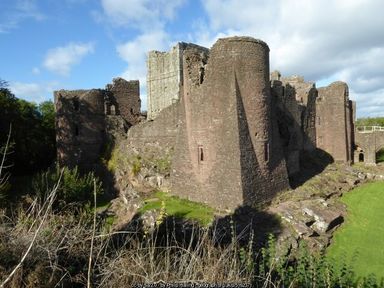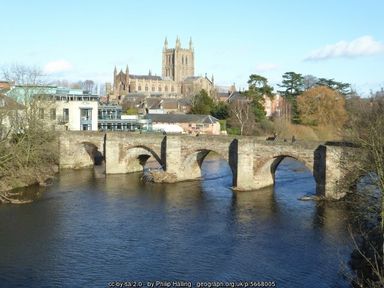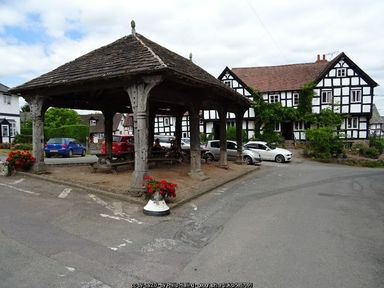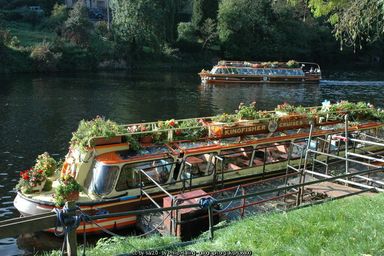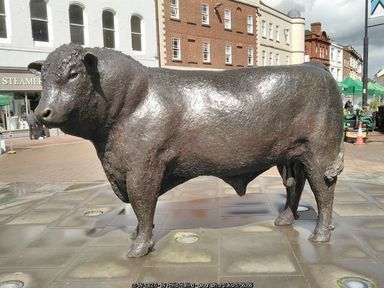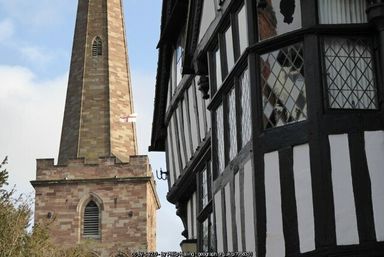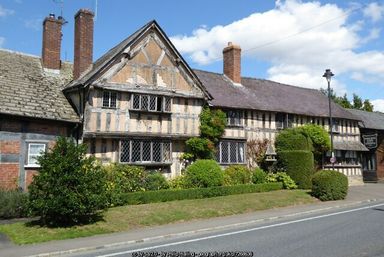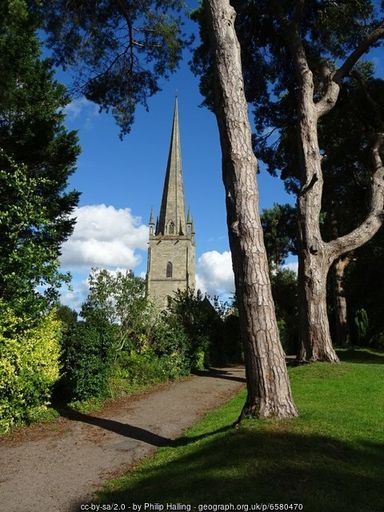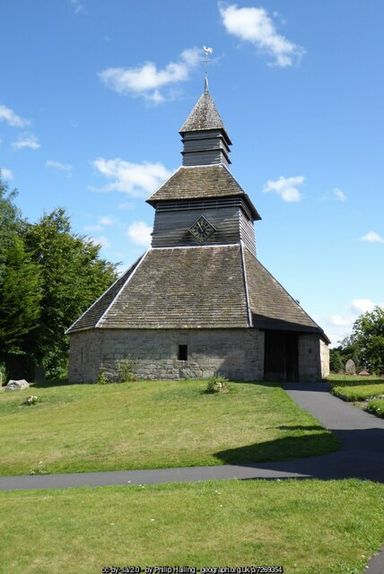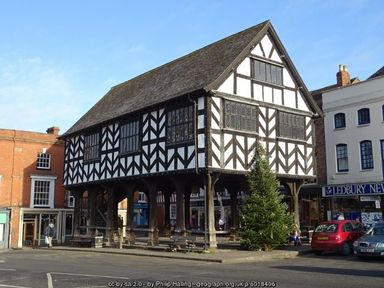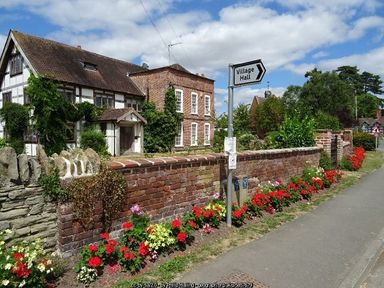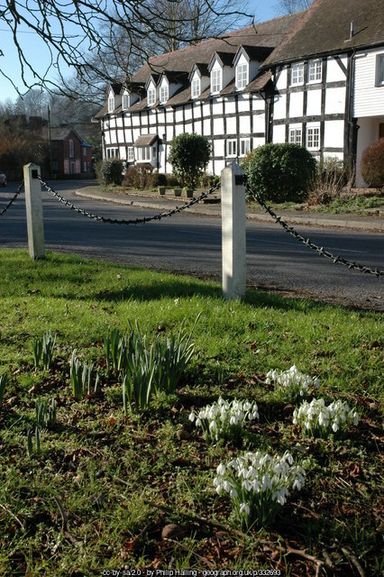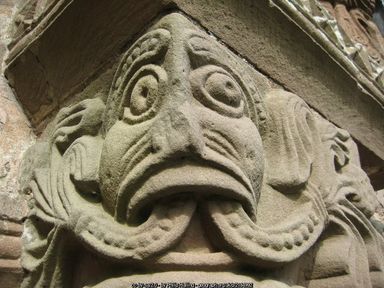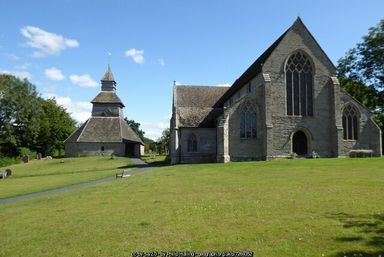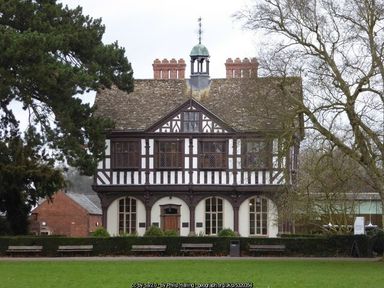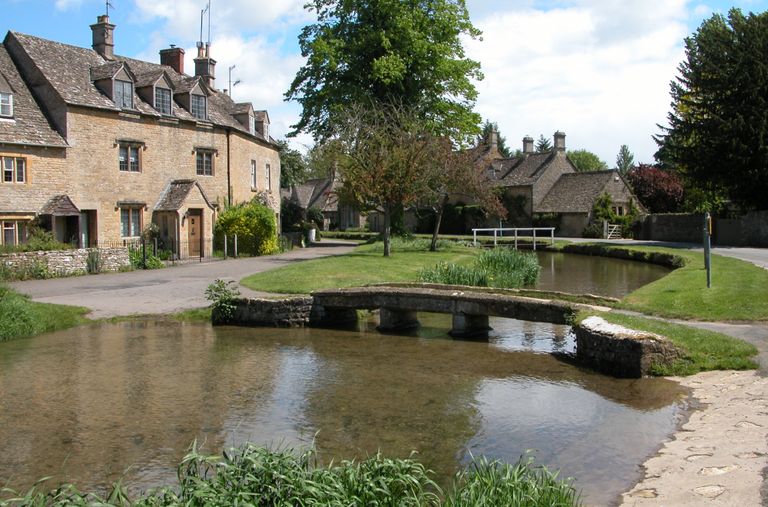

Heritage and History Tours with Phil Halling
The Cotswolds
Think of the Cotswolds and honey colour cottages, picturesque villages and magnificent churches spring to mind.
The Cotswold Hills are situated in England’s southern midlands, in the counties of Gloucestershire, Worcestershire, Oxfordshire and Warwickshire. It is area famed for its picturesque villages and towns. The hills are Jurassic oolitic limestone which is a superb building stone, providing a character to the towns and villages built with this beautiful honey colour stone. The Romans settled in the area 2000 years ago and lived in villas such as Chedworth. The Cotswold town of Cirencester, known as Corinium to the Romans, was the second largest town in Roman Britain. In medieval times sheep and the wool trade brought immense wealth to the Cotswolds. The result of this wealth is evident today in some of the houses and in particularly churches such as Chipping Campden, Burford, Cirencester and Northleach. Fairford church has one of the finest set of medieval stained glass in England. The region was popular with the Arts and Crafts movement, William Morris had a home at Kelmscott.
Worcestershire and the Malvern Hills
Worcestershire was the birthplace of that most English of composers, Sir Edward Elgar.
The county of Worcestershire is situated in the south midlands. Much of the county is rural with agriculture being important for the local economy. Three rivers drain much of the Worcestershire landscape. The River Severn, Britain's longest river, the River Avon in the east and the River Teme to the west. The latter two both being tributaries of the River Severn. Hills border the county on three sides, to the east lie the Cotswold Hills, with the village of Broadway at their foot. A village architectural historian Pevsner describes as 'the show village of England'. To the north are the Clent Hills and Lickey Hills and to the west the Malvern Hills. The rock of the Malvern Hills is the oldest rock in England; Pre-Cambrian and around 680 million years old. The hills were inspirational to Worcestershire born composer, Sir Edward Elgar. The county has a number of historic towns, including Evesham which is situated on the River Avon and once was the site of one of England's largest abbeys. Pershore is a town with fine Georgian houses and medieval abbey. As well of Worcester, also to be found on the River Severn, are the towns of Bewdley, Stourport-on-Severn and Upton-upon-Severn. The city of Worcester is famous for it production of Worcestershire Sauce and Royal Worcester Porcelain, there is an excellent Royal Worcester museum. Manufacture of porcelain ceased in the city in 2009. Two major battles took place on Worcestershire soil, the Battle of Evesham and the Battle of Worcester.
The Herefordshire Black and White Trail
Herefordshire is very rural and with a sparse population. In the north-west of the county there is a cluster of attractive villages containing many timber-framed 'black and white' houses and cottages. The villages include Eardisland, Pembridge, Eardisley, Weobley and Dilwyn. Many of the houses were built in 16th and 17th centuries when the region prospered from the wool trade. With the decline of the trade in later centuries the wealth declined meaning many of these villages remain largely unchanged. Weobley was a thriving market town and a 'Pocket Borough' returning two MPs until the Parliamentary Reform Act of 1832. Today, it is a village with many buildings of character and includes two Weald houses, normally seen in the south-east of England and rare in this part of England. Also in the village is a house where king Charles I stayed during the Civil War. The region also includes fine churches, for example, Pembridge with its detached shingled bell-tower, reminiscent of a Norwegian Stave church. Inside Weobley church there is a fine memorial effigy of Col John Birch, local Parliamentarian leader during the 17th century civil war. Nearby is the remarkable Shobdon church with its unusual Rococo Gothic interior. Leominster, the nearby market town can also be visited. It has a fine church, Leominster Priory, until the Dissolution it was a Benedictine Priory. Inside there is a surprise, an instrument of punishment last use just over 200 years ago.
Shakespeare's county of Warwickshire
Along with Stratford-upon-Avon, William Shakespeare's home county of Warwickshire includes other historic towns, including the county town of Warwick and its fine castle. Not to be out done just up the road is Kenilworth which also has an impressive castle, though as a result of being on the losing side in the Civil War, history has been less kind. Despite this it has played a central role in the history of England and is well worth visiting. Queen Elizabeth I visited Kenilworth Castle in 1575 and was richly entertained by royal favourite, Robert Dudley, Earl of Leicester. Scottish novelist Sir Walter Scott even wrote a novel called 'Kenilworth' inspired by this. Warwick also has a fine church with the Beauchamp Chapel which contains some of the finest medieval tombs in England. Nearby, Royal Leamington Spa developed as a Regency spa town at the beginning of the 19th century and became a popular place for people to take the waters. The south of the county borders the Cotswolds where Cotswold stone is the common building material. Timber was widely available in medieval times hence timber-framed buildings can still be found in many towns and villages. The town of Alcester has some fine timber-framed buildings, and of course Shakespeare's birthplace in Stratford-upon-Avon is a good example.
The Wye Valley and the Forest of Dean
The Wye valley has played an important role in the development of tourism. In the late 18th century, it was William Gilpin who put the Wye Valley on the map and began attracting visitors. He defined an artistic movement and developed a set of rules defining ‘the Picturesque’, basically an appreciation of landscape. His book – 'Observations on the River Wye' encouraged visitors to the region. The Napoleonic wars boosted the appeal of the area with Europe no longer available for the 'Grand Tour'. Visitors at this time included Lord Nelson and mistress Lady Hamilton. Today, we can visit the sites those early travellers enjoyed. Places such as Ross-on-Wye, Goodrich Castle, Symonds Yat, Monmouth, and the ruins of the Cistercian Tintern Abbey, and Chepstow Castle. The Forest of Dean is an historic Royal Hunting Forest which became a region of industrial activity with mining, ironworking and tramways. The forest has reclaimed much of this former industrial landscape leaving little trace. Some evidence survives such as the impressive Darkhill Ironworks. de here and it is now hard to believe this was an important industrial area with iron and tin works and the tradition if 'Freeminers' in the Forest of Dean.
Gloucestershire
At the heart of the county is the city of Gloucester which has 2000 years of history. Originally a Roman fort it became a 'Colonia', a place of retirement for Roman Legionaries. Gloucestershire is a county of three regions, the Forest of Dean in the west, the Cotswold Hills in the east and the vale, through which the River Severn flows. The Forest of Dean was a royal hunting ground and is a region of industrial heritage, a region of ironworks, coalmining and early railways and tramways. The Cotswolds Hills has many picturesque villages, and fine churches. In the Stroud valleys, water powered cloth making and textile mills. In the vale is the historic city of Gloucester, medieval Tewkesbury with its fine Norman abbey, and Berkeley Castle, site of the murder of King Edward II. Berkeley was also the home of Dr Edward Jenner who pioneered vaccine against smallpox. Towns in the Cotswolds include Painswick, Stow on the Wald, Chipping Campden, Cirencester and Tetbury.
Shropshire
Shropshire is England's largest landlocked county. The county town is Shrewsbury which stands within a loop in the River Severn. The town was the birthplace of naturalist Charles Darwin who published the book 'The Origin of Species' on his theories of natural selection. In the south-west of the county is the historic town of Ludlow where there is a find castle and church, known as the 'Cathedral of the Marches' ( the Marches being the name for the Welsh border region). Nearby is Stokesay Castle, more of a fortified medieval manor house than a castle. Bridgnorth is another town with a ruined castle, blown up in the Civil War. The town has a High Town and Low Town with Britain's oldest and steepest inland funicular connecting the town. Today, Shropshire is mainly a rural agricultural county, in the late 18th century it was at the forefront of the industrial revolution inn Coalbrookdale and boasts the world's first Iron Bridge built by Abraham Darby III. The bridge opened on New Year's Day 1781.
Herefordshire and the Welsh Marches
Herefordshire is county associated with hop growing, orchards, and cider making.
In medieval times Herefordshire was an important border county between England and Wales, a border region known as the Welsh Marches. Dating from this time there are numerous sites of simple motte and bailey castles. There are some fine churches to be visited such as Kilpeck, Shobdon and Abbey Dore. The county developed its own Herefordshire School of Carving in the early 12th century, examples of which can be found at Kilpeck, Eardisley and Castle Frome. Another feature of Herefordshire is churches with detached towers, Ledbury being just one example. Agriculture is an important industry in this very rural county, other than Hereford there are small market towns such as Ross-on-Wye, Leominster and Ledbury. None of these towns having populations larger than 10,000. The picturesque River Wye winds its way through the county, having flowed from Wales it leaves the county and returns to the principality and Monmouthshire before forming the border between these two counties..
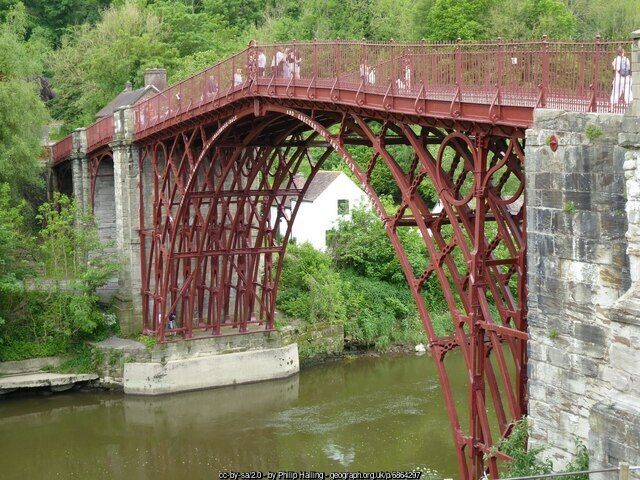
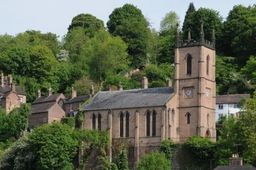
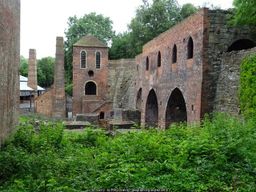
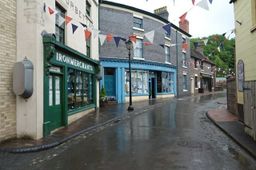
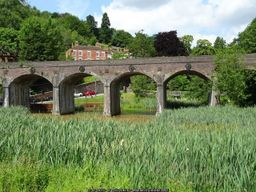
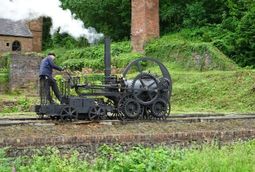
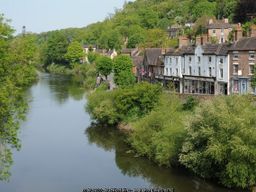
Ironbridge: the birthplace of the Industrial Revolution
The Ironbridge Gorge has ten museums and is a World Heritage Site
The Ironbridge Gorge was created at the end of the last ice-age; the River Severn's original course was blocked by an ice sheet causing the river to carve out what is now the Ironbridge Gorge. The gorge is named after the Iron bridge which spans the river. Today, the gorge is quiet and picturesque, in the 18th century this was at the forefront of industry. Abraham Darby I produced pig iron using coke rather than charcoal. His grandson Abraham Darby III built the cast-iron bridge, the world's first. The bridge opened 1 January 1781. here are ten museums and attractions in Ironbridge and Coalbrookdale, including Blist Hill Victorian Town, the Coalbrookdale Museum of Iron, Darby House, the Coalport China Museum, the Museum of The Gorge and the Jackfield Tile Museum. The Blist Hill Victorian Museum includes a replica of Trevithick's steam railway locomotive and the 'Spry', the only surviving Severn trow (barge). One of my ancestors, William Halling, was Master of the Spry at the end of the 19th century.
